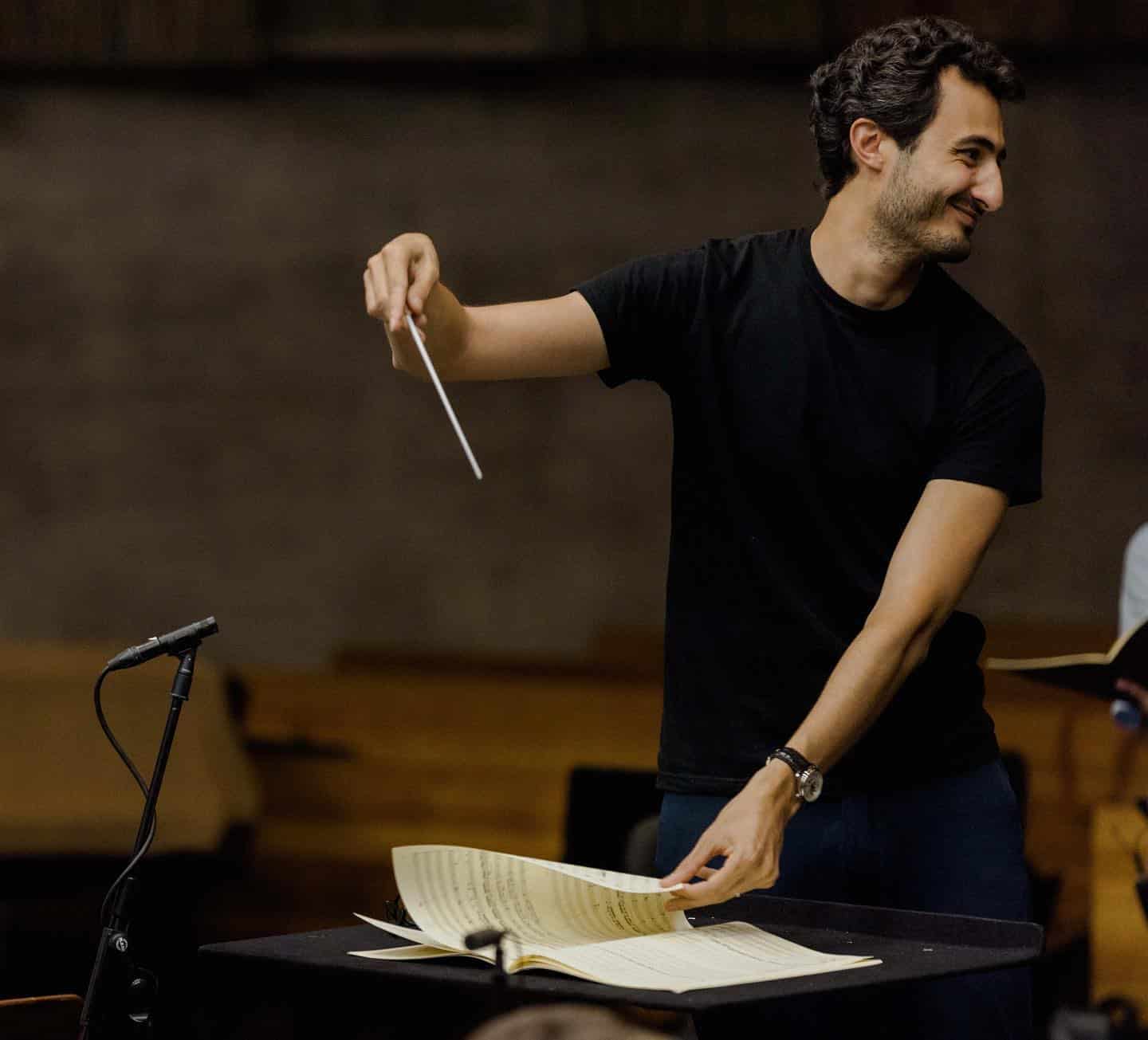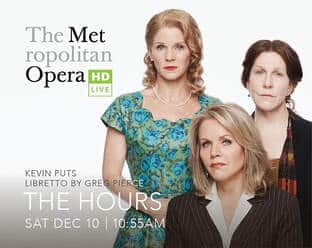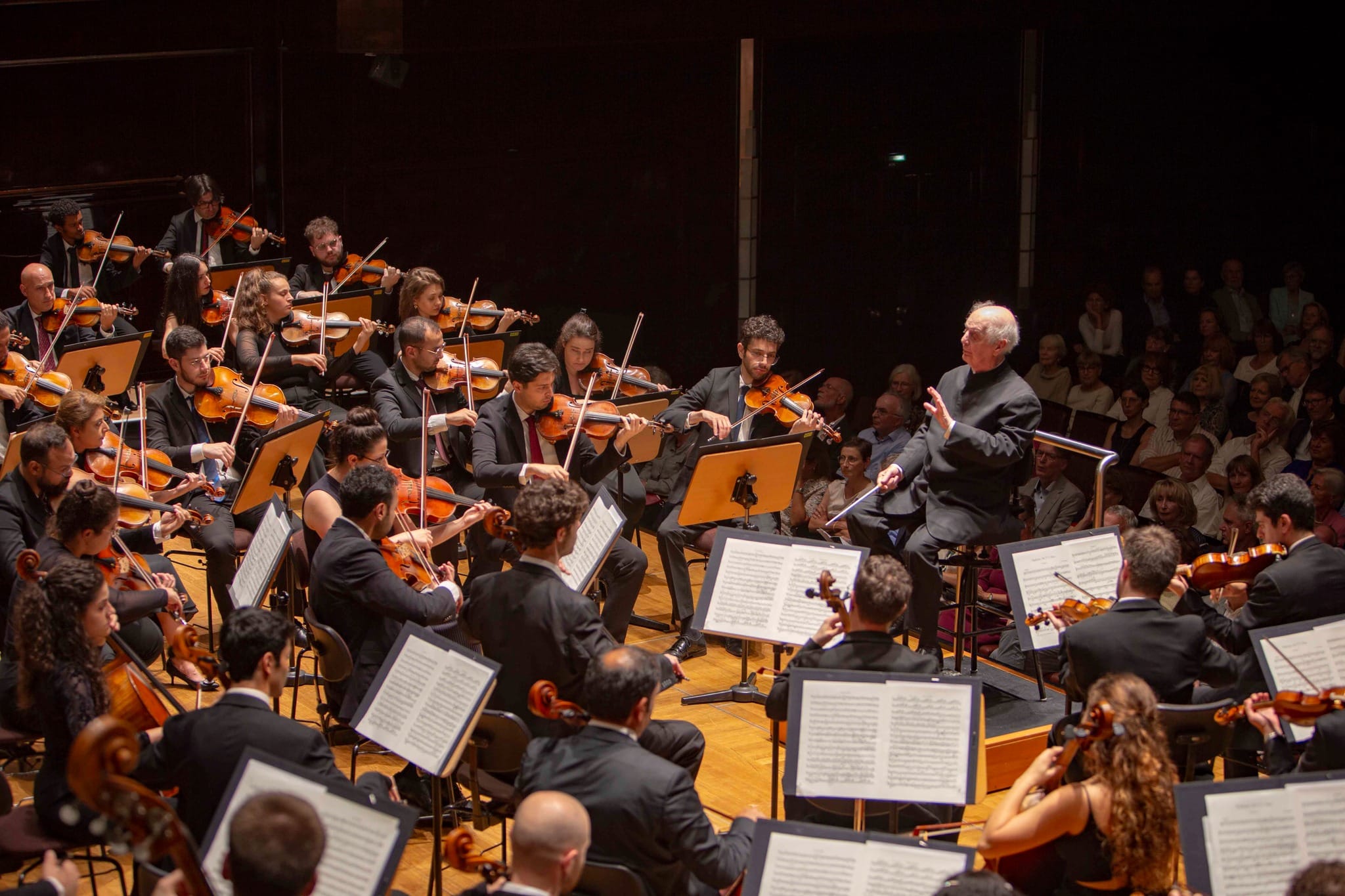Classical things that should never get on Youtube
mainThis recital, for instance, from Cleveland Institute of Music: not together, nor in tune.
Your Youtube exclusions?

This recital, for instance, from Cleveland Institute of Music: not together, nor in tune.
Your Youtube exclusions?
Boston Symphony pulled one out of the fire…

From NPR LA: The Long Beach Opera has…

Memo to Peter Gelb: Don’t read the Opera…

The Berlin State Opera communicated tonight that its…

Session expired
Please log in again. The login page will open in a new tab. After logging in you can close it and return to this page.
Since anybody can now film anything with a mobile phone, there will be more and more videos of performances that show artists and amateurs alike at less than their peak. The best thing you can do is NOT to look for those films. Unless you get cheap enjoyment and satisfaction out of it. I don’t.
It’s illegal to film concerts and it’s not fair anyway to expose artists in such a way unless they really want it like Florence Foster-Jenkins.
This was recorded by the Institute of Music and uploaded by the Institute to YouTube. There is nothing illegal here.
Correction–this was recorded by CIM, but NOT uploaded on their YouTube channel.
That is correct. CIM records nearly every event at Mixon and Kulas halls. Items are only uploaded to their official youtube channel if the principles involved agree to it. But copies are provided to the performers.
The Inspired Aloha channel belongs to Daniel Shapiro, the “pianist” involved. He obviously felt the performance was up to snuff. No word on whether Laredo approved.
I did indeed receive the approval of Jaime Laredo (as well as CIM) before posting. And I also firmly believe and maintain that despite some technical shortcomings on each of our parts there is a good deal of spiritual and musical value in this performance, and that it is worth any listener’s (including Mr. Lebrecht’s) time to hear it all the way through.
I must say that although I respect Mr. Lebrecht, I do not understand what led him to this particular video and why he chose it, of so many, to exemplify his point.
^ Maybe it was the slinky, off-the-shoulder gown you wore in a vain attempt to distract the audience? 😉
At least this recording had proper microphones set up and a good mixer attached so that it was possible to make a judgement on the performance quality at all.
Most of the crap recordings made on Utube with 100 Eur smartphones using audio bitrates barely sufficient even for speech are of such bad acoustic quality that it is impossible to tell how good or bad the soloists are. Not to speak of the lousy video quality in such cases.
Compare for example these two videos of the same composition:
https://www.youtube.com/watch?v=btbjJuoeAxU
https://www.youtube.com/watch?v=PeYEcZQvBkU
The soloists in the first example can only damage whatever reputation they might possess by uploading such inferior material. The second example is leagues better in my view — quite an excellent performance.
I agree with Mr. Lebrecht, Either do it properly and professionally or forget it.
I agree that the sound is most likely ORIGINALLY of professional quality, but as to bitrate, no matter what the original is, anything upload to YouTube is squashed down to a maximum of 192kbps AAC quality. If the video is less than 720p, it’s an even lower bitrate. This is a lower quality than the already not so hot audio bitrates of streaming audio services like Apple Music, Spotify, etc. Only Tidal and Deezer are what I would call high quality audio. Even if one doesn’t see the need for lossless audio quality, I have to wonder why YouTube allows the bandwidth for HD quality video, but can’t at least give us 320kbps audio, which is, IMHO the lowest quality anyone should settle for. I know this discussion is about whether this performance should have been uploaded in the first place (I think it’s a shame if one can’t appreciate the musicianship of someone of Jaime Laredo’s caliber, however his 70+ years have affected certain aspects of his performing abilities), but what I fail to understand is how so many thousands of commercial audio recordings are allowed to be uploaded to Youtube without any oversight as to copyright status. Even if one doesn’t care about that aspect, what bothers me is that so many students I work with ONLY seem to listen to great recordings in such compromised versions as appear on Youtube. And I should mention that YouTube’s oversight seems to be limited to 3rd parties reporting copyright infringement. And how does that work? I once posted, in a private Youtube upload, a performance a friend and I gave of the Beethoven Op. 96 Violin Sonata. I was then given a notice (and one copyright violation “strike”) stating that my upload violated copyright laws, based on the claim not by Youtube, but of some company who claimed rights to Beethoven’s work!!
I would argue that bootlegs are an interesting way of listening to performances as they represent a snapshot of what went on. Audio fidelity does not matter to me. If it did I wouldn’t listen to historical performances and such. Bootlegs are also important in that they often reveal that performers are all too human. And that’s a good thing.
This is profound.
This is ghoulish. I don’t we should be delighting in publicising bad recordings by musicians that may otherwise be very competent. Forgive and forget.
CIM is famous for posting inferior recitals.
Miss Mississippi 2015 playing violin.
Literally anything played by the Egyptian Military Band. Most gosh awful playing since Star Wars trumpet-playing beauty contestant.
Does this post help anyone? Does it hold pertinent information to the world of classical music? Does it do anything else besides potentially hurting the performers who were recorded?
I have one more question: Why is this cruel and mocking “article” posted on what is supposedly a “news” site and what does it say about the credibility and judgement of the person running said news site?
Especially as said owner of the ‘news site’ is much given to posting YouTube videos and claiming they are “Exclusive to Slipped Disc”, and recently the same with Vimeo. I went to Vimeo to listen to that one because it is visually and aurally much better, not least because it comes from the source. But that ‘exclusive’ YT videos business has puzzled me for a mighty long time. And if you are going to play such games, it hardly behoves you to complain about any YT video.
Before I go on to say anything else, it must be noted that Jaime Laredo is on the north side of his 70s, and is still in magnificent violinistic shape compared to many of his contemporaries. I clicked around the video, and did not happen upon anything that doesn’t speak to his playing as that of a musician of the highest caliber. Given that this is clearly from a recital in the conservatory where he is faculty, his performance is probably not intended for “mass consumption”, but for the students who would have a lot to learn from it, both musically and instrumentally.
That said, I would gladly pay for a ticket to attend this recital.
+100 A worthy comment. A post plus a number of unworthy comments when we do not, in fact, know the precise circumstances of the performance and just how it was recorded. I listened the other day to a recording of inestimable value, in spite of the fact that it had two brief pitch drops — the fault of the somewhat aged tape, made by a radio station which all serious music lovers have reason to value unusually highly. Many factors may cause these problems, but those who keep up with things know that Laredo is still in very fine form indeed. What, I would ask, is the point of this post except for more SD showing off (of ignorance more than anything else).
There was a time when listeners, and performers, had more important things to listen to than whether things were always together or in tune. Hopefully we can return to such a time, even, or especially in the area of pre-packaged CD perfection. There are some great performances by great artists that are by no means consistently together or in tune. If one listens to the musical qualities of this performance (esp the 2nd movement), it seems that what is of most importance to the performers was the music-making and that this far outweights the superficial defects.
@ Daniel You are right of course, but any young musician who embraces that philosophy of performing and wishes to participate in the all-powerful competition circuit will find to his or her cost that the reverse of what you say is unfortunately true. High-velocity, soulless technical perfection and kow-towing to the jurors is the only chance of success in the current age.
Very telling, I think, is that there is now a horde of people, including advanced students, who point out, sometimes in excruciating detail, the wrong notes in the recordings of Schnabel, Cortot, Fischer (Edwin, not Annie), et al. They lack all sense of musicality, and very much because of competitions and the so-called ‘perfection’ of CDs. RE the latter, they seem not to be aware of a wee thing called editing, and that even concert performances on disc are edited — the producers simply record all, customarily, three performances given and replace the ‘clinkers’, as they used to be called. The ‘critics’ miss out on a wondrous universe, for in the 20s-40s there was no editing, and recording was nothing special to those great artists. Consequently, they played just as they would in concert — their spontaneity was both a reason for ‘clinkers’ and one thing that makes their recordings treasures.
Sound can be really wonky in Mixon Hall (which is where this recital was played) if the acoustic panels on the sides of the place aren’t “tuned” properly. It will absorb or reflect certain pitches differently and performers of all ages have been stunned in there because they’ve been told that the place was “set” for their particular instrument/voice and they begin to play and find otherwise- singers often liken it to sending their voice out there and not being able to hear anything come back to them.
It’s a lovely facility but it works a lot better in theory than in practice.
Classical article that should never get on SlippedDisc.
Your SlippedDisc exclusions ?
with so many dreadful videos on youtube it makes absolutely no sense to choose this as the example of what shouldn’t be posted. Granted the technical level and polish might not be what it once was, but there is still beautiful sound, vibrato, sophisticated use of slides and timing (and frankly youtube is rife with things that are much worse technically as well) Are Kreisler’s recordings ’embarassing’ because they are out of tune? I would go five times to hear Kreisler play beautifully, musically out of tune before I would go once to hear some of the playing today that is filled with meaningless emotional hysteria.Nothing would be healthier for our business than a destruction of the artificial standsard of perfection that heavilly edited recordings have set. There are cellists today who play more in tune than Feuermann. Who cares?
Thank you Brinton….well put! Indeed this is a baffling and ill-chosen example of Mr. Lebrecht’s point. I’m glad none of my friends have added to the “click-bait” aspect of this post by sharing this on FB, but it seems foolish to have to defend the performance, and it’s a shame that some of those commenting seem to have a knee-jerk reaction of agreement. However, I should thank Mr. Lebrecht for bringing this performance to my attention!
We all hear things differently, but I’ve also had the sad task of having to explain to lay-listeners, who seem to have taken Mr. Lebrecht’s uncharitable opinion of Sir Thomas Beecham (in his book “The Maestro Myth”) to heart and denied themselves the joy of his artistry on record based on his peevish dismissal of him for what seemed to me some kind of personal grudge.
+1
Why does Laredo have his nose in the score like this? Did he practice? Hasn’t he played and taught this work his entire life? He should have made sure there would be no posting on this one. He wasn’t ready to be seen, especially on slippedisc.
What a disgraceful article! Such a lack of respect for two wonderful musicians.
This shows, once again, that not only is Lebrecht unashamedly rude, he also does not understand a lot about music if “not together” or “in tune” are his most important criteria.